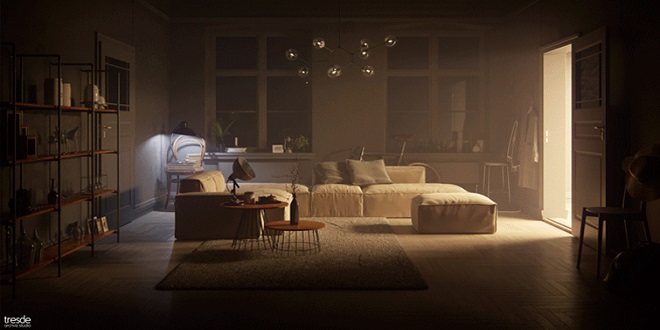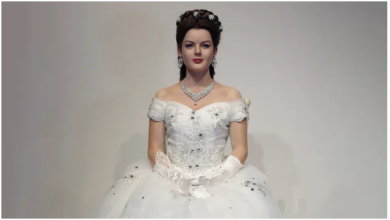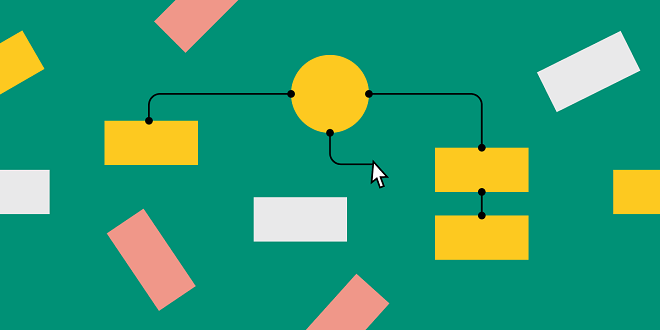Exploring Cutting-edge Techniques in Lighting Design

Lighting design is an essential aspect of interior and exterior design, creating the right ambience and enhancing the visual appeal of any space. With advancements in technology, lighting design has also evolved, incorporating cutting-edge techniques to create stunning effects. In this blog post, we will explore some of these techniques that are currently making waves in the world of lighting design.
- Interactive Lighting
- Human-Centric Lighting
- Smart Lighting
- Projection-Mapping
- LED Lighting
- Daylighting
- Colour Psychology in Lighting Design
Interactive Lighting
Interactive lighting is a technology-driven approach to lighting design that involves integrating sensors and computer-controlled lights. It allows for real-time changes in the light pattern, intensity, and colour based on factors such as movement, sound or touch. This technique not only adds an element of interactivity but also creates a dynamic and immersive experience for users.
Human-Centric Lighting
Human-centric lighting is a concept that focuses on the effects of light on human health and well-being. It involves using different colour temperatures and intensities of light to mimic the natural patterns of sunlight, which can have a significant impact on our circadian rhythm and overall mood. This technique has been gaining popularity in commercial spaces such as offices, schools, and healthcare facilities.
Smart Lighting
Smart lighting refers to the use of connected devices, such as smartphones or voice assistants, to control lighting systems. This technology allows for remote access and personalized settings, making it convenient and energy-efficient. It also offers features like scheduling, dimming, and colour-changing options, making it a versatile technique for both residential and commercial spaces.
Projection-Mapping
Projection mapping is a technique that involves using projectors to display images or videos onto three-dimensional objects, such as buildings or sculptures. It allows for the creation of visually stunning and immersive lighting displays that can transform the appearance of structures and spaces. It has become a popular choice for events, art installations, and advertising campaigns.
LED Lighting
LED lighting has revolutionized the field of lighting design with its energy efficiency, durability, and versatility. It is now widely used in both residential and commercial settings, offering a range of colour options, dimming capabilities, and customizable designs. LED lights also have a longer lifespan compared to traditional light sources, making them a cost-effective option in the long run.
Daylighting
Daylighting is the practice of using natural light to illuminate indoor spaces, reducing the need for artificial lighting during the day. It not only helps in energy conservation but also provides a more comfortable and visually appealing environment. Different techniques, such as skylights, clerestory windows, and light shelves, can be used to optimize daylighting in buildings
Colour Psychology in Lighting Design
Colour psychology plays a crucial role in lighting design, as different colours can evoke emotions and influence the mood of a space. Warm tones like red, orange, and yellow are associated with energy and warmth, while cool tones like blue and green convey calmness and tranquillity. Incorporating these colour theories can enhance the overall ambience of a room.
Conclusion
As we can see, lighting design is a multifaceted field that continues to evolve and innovate. From incorporating energy-efficient solutions like LED lights to implementing human-centric principles, the possibilities are endless. At Vision Direct, we strive to stay at the forefront of lighting design by offering a wide range of products and services that cater to both residential and commercial needs.





